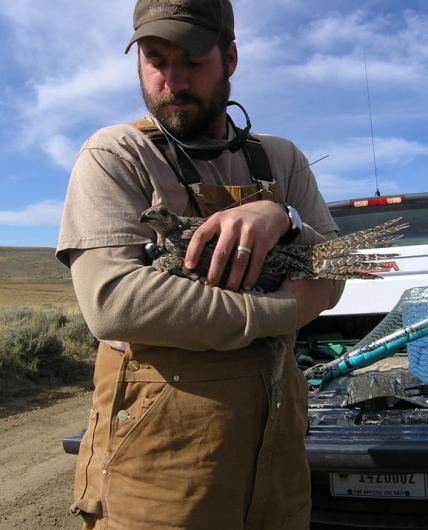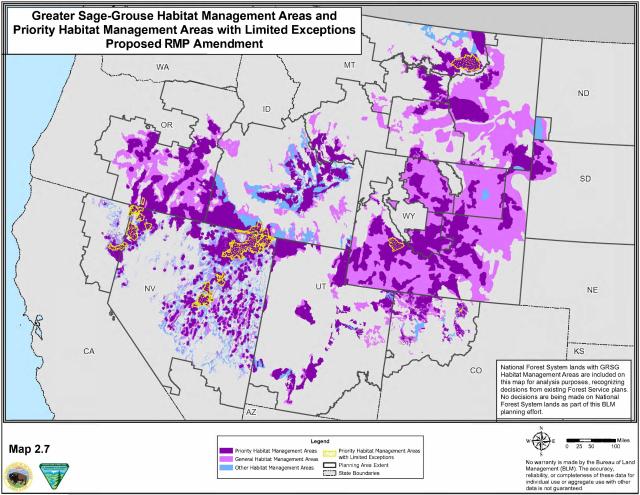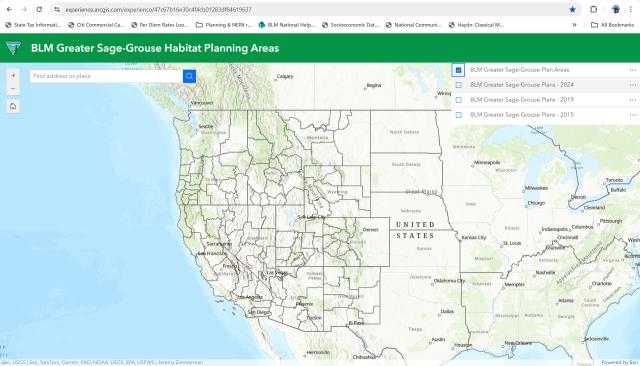BLM Sage-grouse plans
In 2015 the BLM adopted more than 70 management plans to safeguard sagebrush landscapes on which greater sage-grouse and more than 350 other species rely and which also sustain the West's rural economies. We worked with partners to revise these plans in 2019 to build flexibility in coordinating various states' wildlife management laws and policies. Since then, the numbers of sage-grouse have continued to decline, and recent science shows that we need to update our plans.
We have proposed amendments to strengthen these plans, informed by the best-available science and input from local, state, federal and Tribal partners.
The proposed amendments build on the most successful components of the 2015 and 2019 plans, incorporate new sage-grouse conservation science and lessons learned, account for changing resource conditions, and balance consistent management across the range with flexibility to address on-the-ground conditions and policies specific to individual states.
Decisions approving amendments to plans
on public lands in CO and OR



